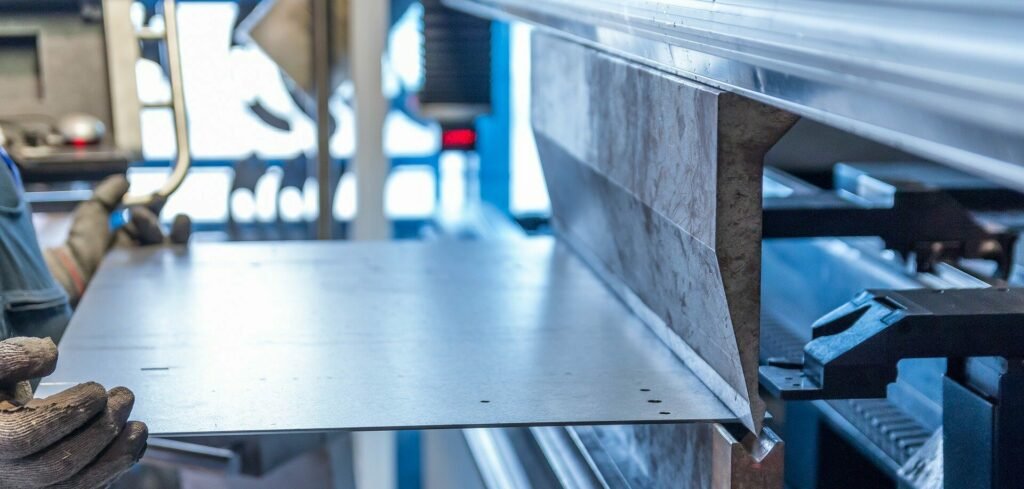Stainless steel is one of the most commonly used metals in modern construction.
Due to its corrosion resistance and aesthetically pleasing appearance, stainless steel is basically seen all around us. However, how many people are familiar with how this metal and its derivatives are made?
There are main steps in the production of stainless steel:

Table of Contents
ToggleMelting and casting
put the raw materials that make up stainless steel products together and melt them in a huge electric furnace. In this step, heat strongly for 8 to 12 hours. Once the melting is complete, the molten steel is cast into the desired semi-finished form. Some of the most common forms or shapes include slabs, billets (rectangular), billets (these can be round or square), bars, and round tubes.
molding
In the second stage, the semi-finished section goes through a series of forming operations. For example, stainless steel is hot-rolled (heated and passed through huge rolls). The billets and billets mentioned above are converted into rods and wires. On the other hand, slabs form plates, strips, or sheets. It is common to turn a semi-finished steel profile into a bar because it is the most versatile stainless steel profile (it comes in all grades and sizes). You have round, square, octagonal, and hexagonal bars, each for different types of applications.
heat treatment
Various stainless steel forms undergo a thorough annealing process in this step. Annealing is another name for heat treatment in which stainless steel is heated and cooled in a controlled environment. The purpose of this heat treatment is to alleviate the pent-up stresses inside the stainless steel and to soften the material, making it more suitable for a variety of applications. The person responsible for carrying out the annealing process must be very careful with the conditions, as even small changes in temperature, pressure, duration, or cooling rate can cause the product to fail.
Descaling
During the annealing process, a certain amount of oxide scale will appear on the surface of the stainless steel. There are a number of different processes that can be used to remove this scale, and these processes are collectively known as descaling. Pickling is one of the more common methods used to carry out the descaling process.
incise
Stainless steel stencils for semi-finished, heat-treated, and descaling are cut into specific shapes in this step. Mechanical cutting is carried out with the help of guillotine knives, blanking, stepping punches and high-speed blades.
Finishing
Finishing is used to help stainless steel products achieve their signature aesthetic appearance. Finishes are also required to make stainless steel products smooth and easier to clean, which is the highest requirement in hygienic applications.
Stainless steel fabrication and (re)passivation
Steel is delivered to construction companies and craftsmen in various forms – from bars to plates and plates.
However, its installation and application in the production of various products, such as stainless steel tanks, often require further manufacturing and processing.
When we talk about stainless steel manufacturing, the processes that come to our minds most often are cutting and welding.
Unfortunately, both treatments destroy the protective layer on the surface of the steel, significantly reducing its corrosion resistance.







